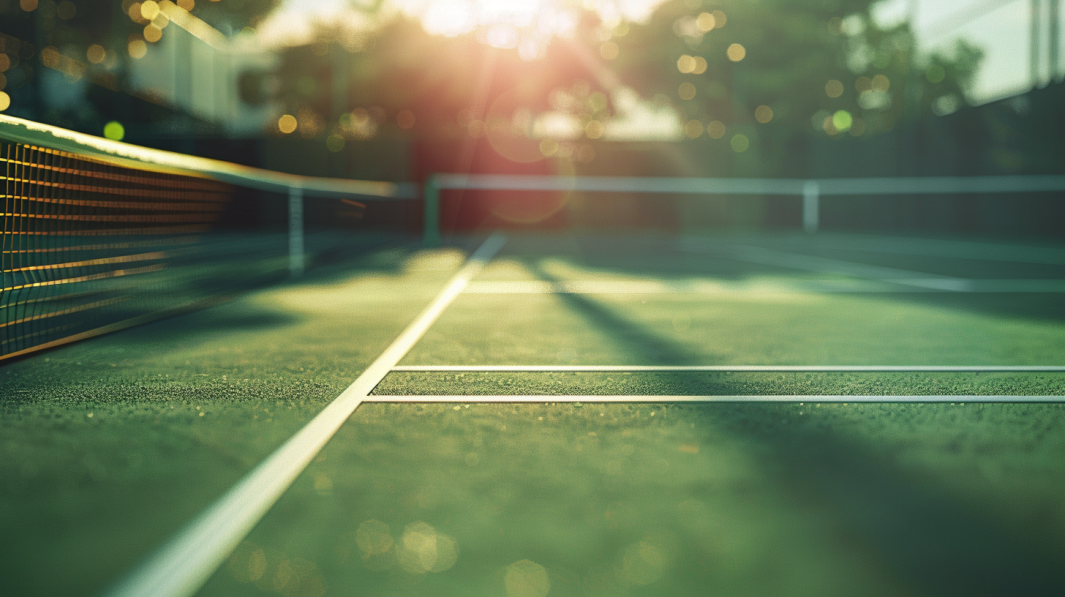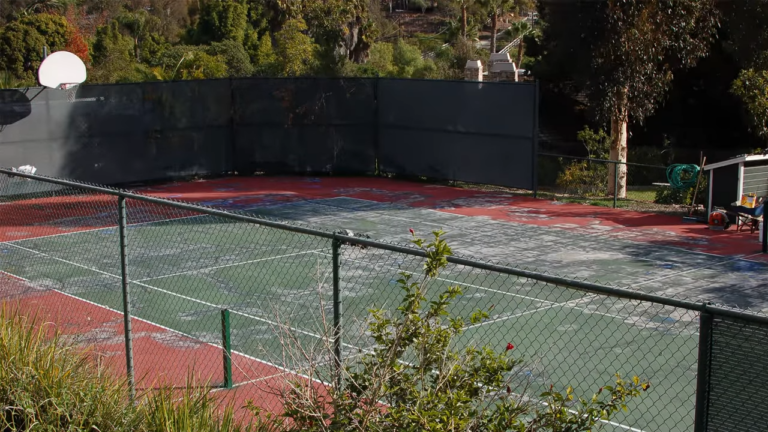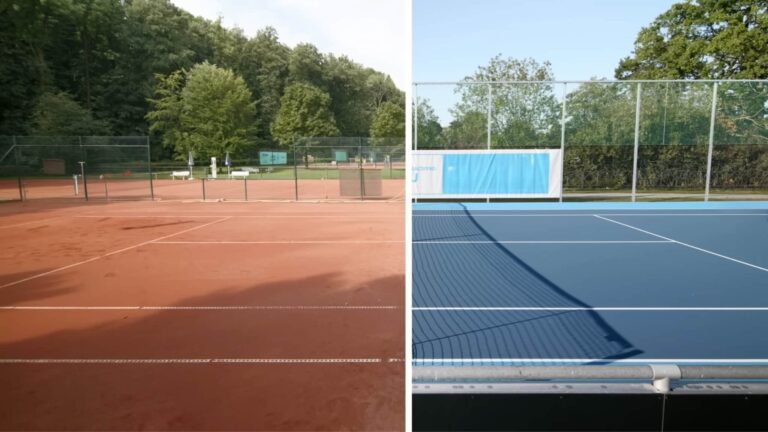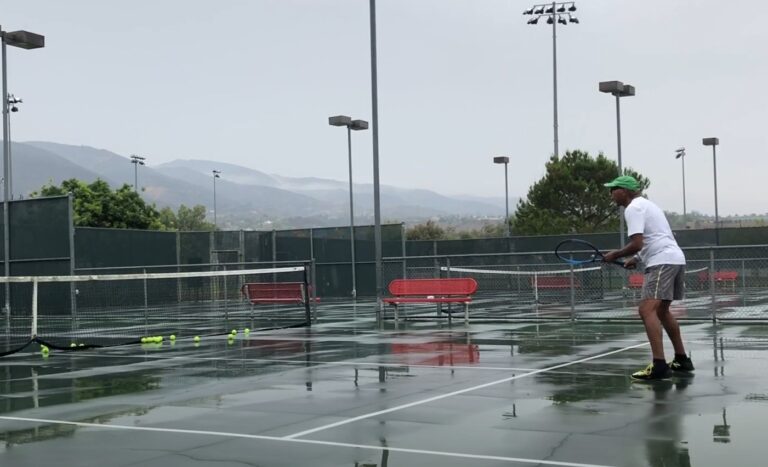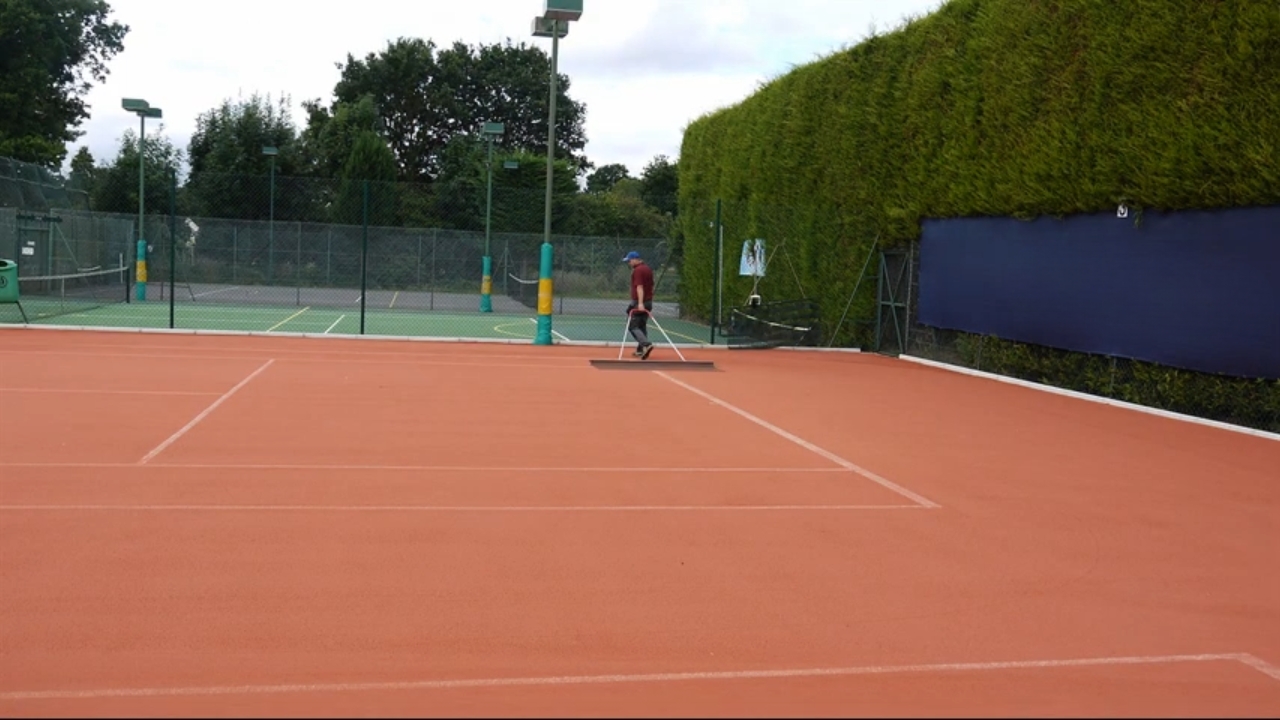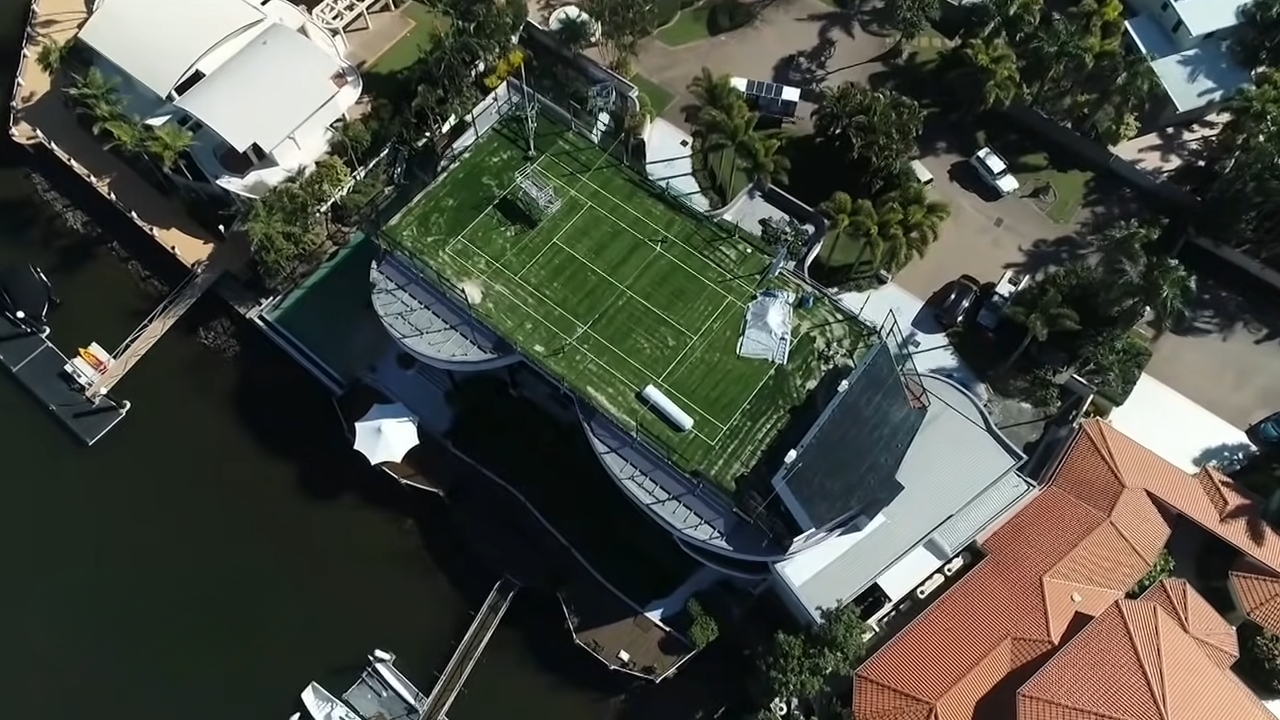Building a tennis court in your backyard is a great way to get your exercise in, no matter the weather. Whether you wanna play like the pros or help little kids practice their swing, you’ll want the court to be just the right size.
Court dimensions are pretty much the same all over – and most people build theirs to be close to the regulation size you’ll find at tournaments. But if you just wanna knock the ball around casually like, or play a faster-paced game, you can go a bit smaller.
Still, if you want a full-size court where you can have singles or doubles matches, stick with the standard dimensions. If you’re interested in maximizing the use of your tennis court, you can easily adapt it for playing pickleball, providing a versatile option for all ages and skill levels.
In this post, I prepared exact measurements, so without further ado, let’s begin.
Exact Measurements

Standard sizes are:
- Length of the whole court: 78 feet
- Width for one player: 27 feet
- Width for two players: 36 feet
- So the total space for one is 2,106 square feet and for two it’s 2,808 square feet.
Now, the service boxes where you stand to serve:
- Length: 21 feet
- Width: 13.5 feet
- Total space: 283.5 square feet
Some other important bits:
- The no man’s land behind the baselines is 18 feet by 27 feet
- The alley between the singles lines is 39 feet by 27 feet
- The net is 3 feet tall in the middle, 3.5 feet at the poles
- The center line is 4 feet wide
And if you want it official-like for tournaments, add 10 feet all around so there’s extra room for spectators and line judges. That makes the whole shebang 130 feet long and 70 feet wide!
What About the Indoor Dimensions?

Indoor courts don’t have to worry about rain and wind like outdoor ones. You’ll need at least 40 feet of space above so you don’t hit your head! Here are the important measurements you need to know:
For Fun Games With Friends and Family
- The top of the net is 29 1/2 feet high
- 20 feet of space above the baseline
- 16 feet above the back wall
If You Want to Host Tournaments
- The net is all the way up at 40 feet
- 40 feet above the baseline
- 40 feet above the backstop
The Type of Court to Go For
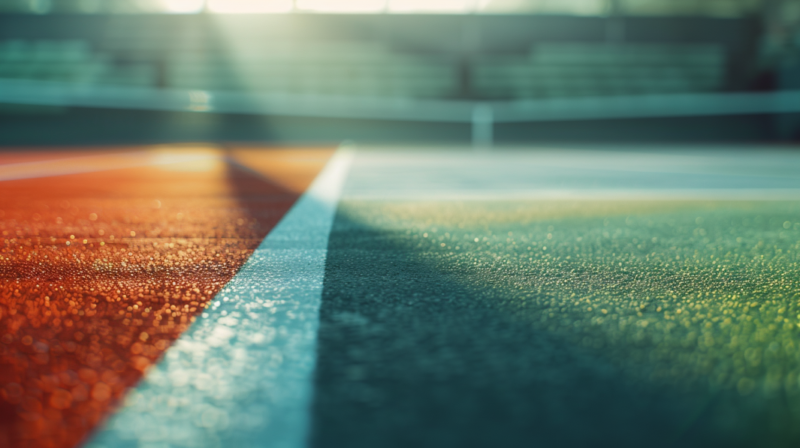
There are basically three main types of court surfaces. Grass is nice and soft so it’s easy breezy to run all over getting those balls.
Clay is slower going, so it ain’t too tough on casual players just looking to have some fun. At the Grand Slam tournaments like Wimbledon, they use grass courts, while the French Open opts for clay courts.
BUT – grass and clay need a ton of maintenance to keep them prim and proper. Hard surfaces, though? Now we’re talking! They’re super low maintenance, so you don’t have to fuss with them much. Perfect for busy courts that are getting lots of traffic.
The cost to resurface a tennis court can vary widely depending on factors like the type of surface and the extent of repair needed.

